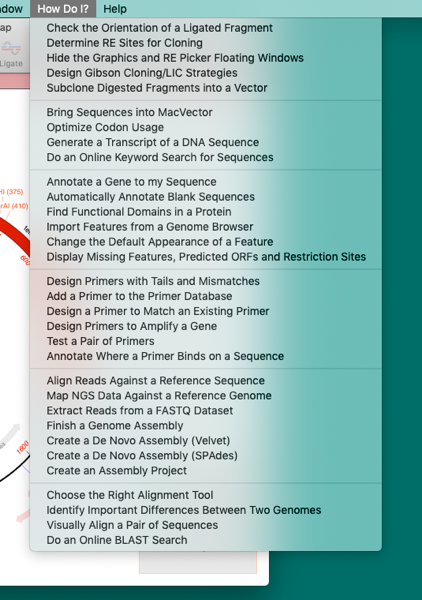

Now 20–40 consecutive gaps, such as might appear in CRISPR experiments are handled with ease, depending on settings. Previously, for the standard alignment algorithm, more than 5 or 6 consecutive gaps in either reference or read would be poorly resolved. The Align to Reference alignment algorithm has been overhauled to do a much better job handling larger numbers of gaps in the alignment between a reference sequence and a read.
It is supported on macOS Sierra (10.12) to macOS Monterey (12). MacVector 18.2 is a Universal Binary that runs natively on both Apple Silicon and Intel Macs. – As usual there’s been a lot of bug fixes and changes that you probably do not care about! But be assured that everything we do makes MacVector a future proof and modern macOS application that you can rely on! MacVector 18.2 Overview – Importing Sequencher project (.SPF) files has been significantly enhanced. Long sequencing reads from PacBio and ONT sequencers can now be assembled in Align to Reference. You can also basecall heterozygotes in a trace file in the Single Trace Editor. The tool works on multiple trace files in the Assembly project manager or the Align to Reference editor.

#Macvector reverse sequence code
You can also analyze Sanger trace files and permanently change the basecalled sequence with an IUPAC ambiguity code representing the called heterozygote. The heterozygote analysis tool analyzes one or multiple Sanger trace files and reports on all possible heterozygotes. Heterozygote Analysis of Sanger trace files It is supported on macOS High Sierra to macOS Ventura and is a Universal Binary that will run natively on Apple Silicon Macs as well as existing Intel Macs. MacVector 18.5 was developed and tested on macOS Ventura.


 0 kommentar(er)
0 kommentar(er)
